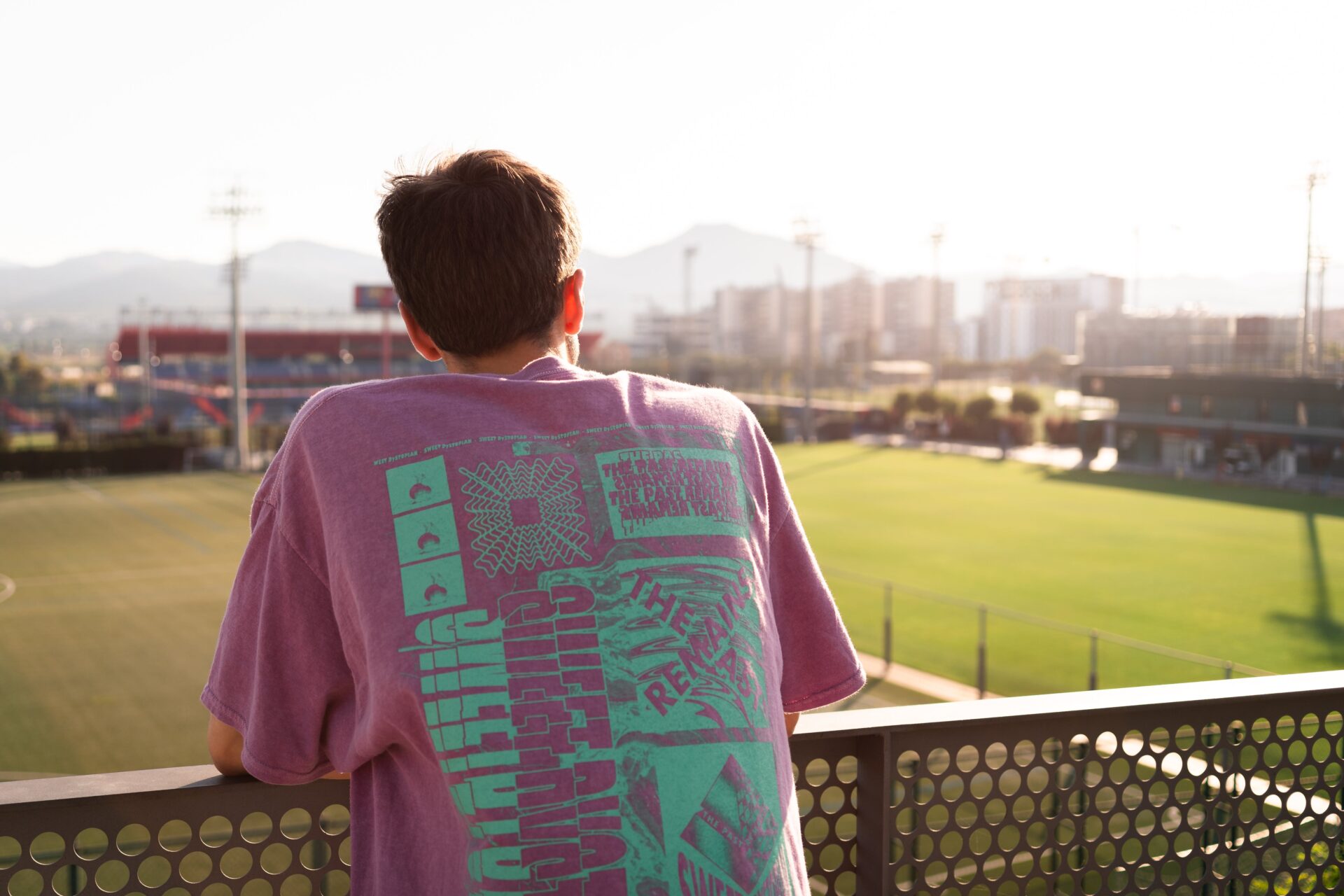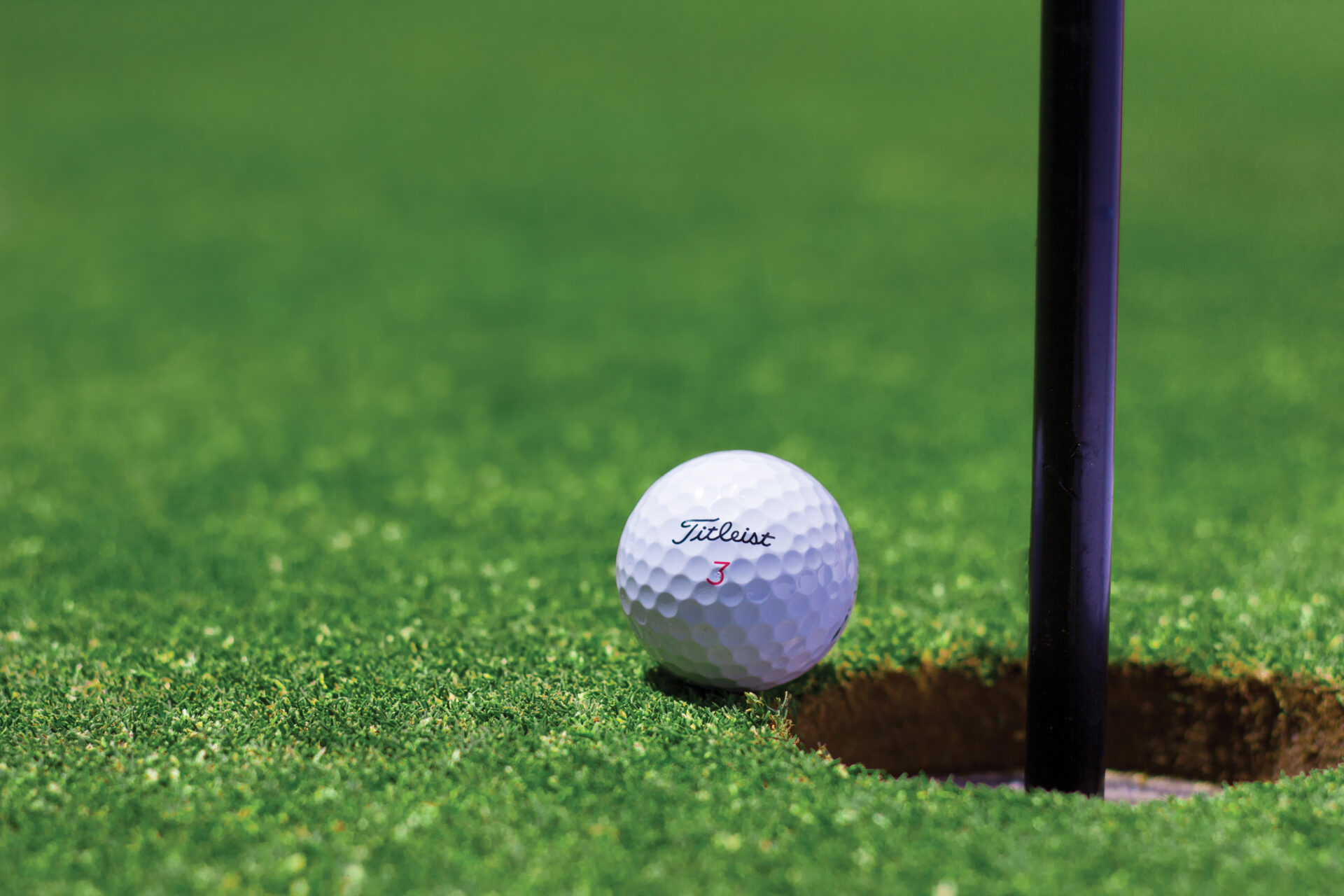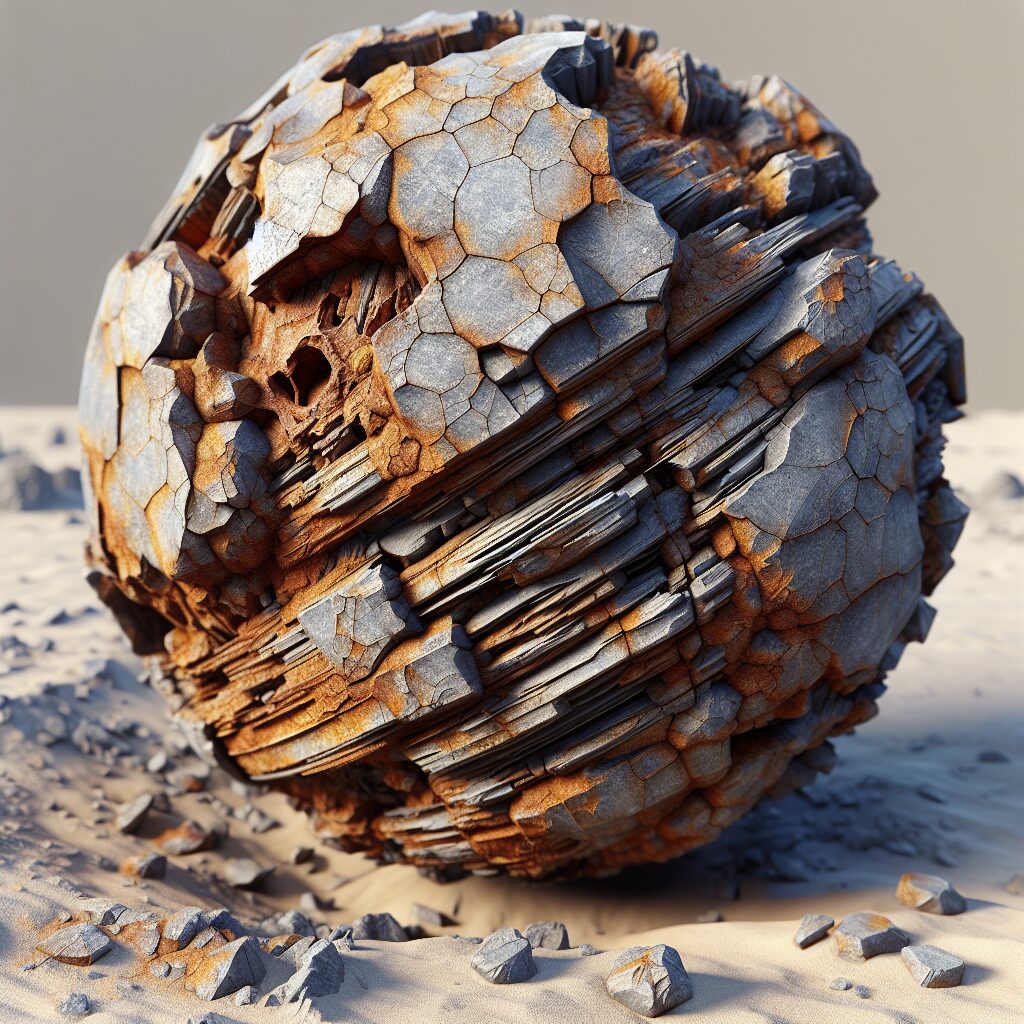Soccer balls are a staple of the game and have been around since its inception. They are round in shape and made from a variety of materials, including leather, synthetic leather, and rubber. The traditional soccer ball is composed of 32 panels, but balls with fewer panels are also available for recreational play. The size and weight of the ball also varies depending on the age group and level of play. Soccer balls come in a variety of colors, designs, and textures, so finding one that suits your style is easy!There are four main types of soccer balls: training soccer balls, match soccer balls, indoor soccer balls, and futsal soccer balls. Training soccer balls are typically designed to be lightweight and durable, and they are often made with a synthetic material or rubber. Match soccer balls are designed for official competitive matches and are made with more advanced materials such as hand-stitched leather. Indoor soccer balls are designed specifically for use on an indoor court surface and usually have a lower bounce than match or training soccer balls. Futsal soccer balls are designed for the game of futsal, which is played on a hard-court surface, and they usually have a low bounce to help control the ball on the court.
Materials Used for Soccer Balls
Soccer balls are made of a variety of materials, each with its own advantages and disadvantages. The most common materials used in the manufacture of soccer balls include rubber, leather, nylon, foam, and synthetic materials. Rubber is the primary material used in soccer ball construction since it is lightweight yet durable. Leather offers a softer touch than rubber but is more expensive and requires more maintenance. Nylon is a lightweight synthetic material that offers greater durability and less water absorption than leather. Foam provides good cushioning but does not hold up to wear and tear as well as other materials. Synthetic materials such as polyurethane offer great durability and reduced water absorption but are more expensive than traditional materials.
When choosing a soccer ball, it’s important to consider the specific needs of the player or team. Different playing surfaces require different levels of durability and cushioning, so it’s important to choose a ball made from the right material for the intended playing surface. For example, if playing on an artificial turf surface, it’s best to choose a ball with a hard synthetic cover that will hold up well against abrasion. On natural grass fields, however, a softer material such as rubber or foam may be preferable to provide extra cushioning.
In addition to selecting the right material for the intended playing surface, it’s important to consider how long you expect your soccer ball to last. This will depend on factors such as how often you play and how you store your ball when not in use. Proper maintenance can also help extend the life of your soccer ball by removing dirt and grime buildup after each use. Regardless of which material you choose for your soccer ball, proper care will ensure that it lasts as long as possible.
Common Designs of Soccer Balls
Soccer balls come in a variety of designs and sizes, making them suitable for all levels of play. The most common designs of soccer balls are the traditional round ball and the truncated icosahedron (often referred to as a “soccer ball”). The traditional round soccer ball is made from leather or synthetic material, with a bladder inside that is filled with air. This type of soccer ball is ideal for recreational play and training purposes.
The truncated icosahedron, often referred to as a “soccer ball,” has become the most popular design for professional and competitive soccer games. This design features 20 identical pentagonal faces arranged in an alternating pattern, giving it an almost spherical shape. This design offers greater control and accuracy for players, making it ideal for competitive play.
In addition to these two common designs, there are also specialty soccer balls available. These balls are designed for specific types of play, such as beach soccer or indoor soccer. Beach soccer balls are typically larger than regular soccer balls and are designed to be used on sand surfaces. Indoor soccer balls are typically smaller than regular soccer balls and feature a softer outer casing that helps reduce bounce when playing on hardwood surfaces.
No matter what type of design you choose, make sure you select a quality ball that will last through multiple seasons of play. The quality of the material used in construction will have an impact on how long the ball lasts and how well it performs during gameplay. It is important to select a ball that matches your skill level so you can get the most out of your game time!
Size and Weight of Soccer Balls
Soccer balls come in different sizes and weights. The size of a soccer ball depends on the age and skill level of the players. For example, a size 3 ball is used for recreational play for children up to 8 years old, while a size 5 ball is used for competitive play or for older players. Size 4 is also sometimes used in competitive play, but it is less common. The weight of a soccer ball also varies depending on the size. Generally, size 3 balls weigh between 10-11 ounces, while larger size 5 balls weigh between 14-16 ounces.
The weight and size of a soccer ball can affect how it performs on the field. A heavier ball has more momentum when kicked and will travel farther than a lighter one, making it ideal for longer passes or shots on goal. However, lighter balls are easier to control and move around, making them better for dribbling or close-range passing. For this reason, smaller-sized balls are often used in practice drills and training sessions where players need to hone their skills.
Overall, there are many factors to consider when choosing a soccer ball – not just size and weight but also construction materials, quality standards, inflation pressure, etc. Ultimately though, selecting the right ball comes down to personal preference as well as what type of game you intend to play with it.
How to Choose the Right Soccer Ball
Choosing the right soccer ball is essential for any serious player. Soccer balls come in different sizes, materials, and designs, so it can be difficult to know which one is right for you. Here are some tips to help you make an informed decision when choosing a soccer ball.
The first thing you should consider when choosing a soccer ball is the size. Soccer balls come in three standard sizes: 3, 4, and 5. The size 3 soccer ball is suitable for children ages 8 and under; size 4 is suitable for children ages 8-12; and size 5 is suitable for everyone over 12 years old. It’s important to choose the right size ball so that it fits comfortably in your hands and can be easily maneuvered on the field.
The next factor to consider when choosing a soccer ball is the material it’s made from. Most soccer balls are made from synthetic leather or rubber, although some are made from other materials like polyurethane or PVC. Synthetic leather offers superior grip and durability while rubber offers good grip but may become slippery with extended use. Polyurethane and PVC are more durable than rubber but lack grip.
Finally, you should also consider the design of the soccer ball you’re looking at purchasing. Soccer balls come in a variety of colors, styles, and designs, so it’s important to find one that matches your style of play or team colors. Some brands offer special edition designs that feature unique patterns or logos which can add a bit of personality to your game or show off your team spirit!
Choosing the right soccer ball doesn’t have to be complicated – just keep these tips in mind when making your selection! With the proper research and knowledge, you can find a high-quality soccer ball that meets all your needs and preferences – making it fun for you (or your child) to hit the pitch with confidence!

Care and Maintenance of Soccer Balls
Proper care and maintenance of soccer balls is essential for the longevity and performance of the ball. A soccer ball should be kept clean at all times, as dirt and debris can reduce its lifespan significantly. To clean a soccer ball, it should be wiped down with a damp cloth or sponge, making sure to remove any dirt or debris that has accumulated on the surface. After cleaning the ball, it should be dried thoroughly before storing it in a cool, dry place. If possible, the ball should be kept in an airtight container to protect it from moisture and humidity.
In addition to keeping the ball clean, it is important to check for signs of damage or wear on a regular basis. Any worn or damaged areas should be repaired immediately to avoid further damage or loss of performance. Finally, a soccer ball should be inflated according to the manufacturer’s instructions to ensure optimal performance. Inflating the ball too much can lead to damage over time, while under-inflating the ball can result in reduced power when shooting or passing.
Leather Soccer Ball
A leather soccer ball is the traditional choice when it comes to soccer balls. They are made of genuine leather and provide a classic look. Leather soccer balls are very durable and long lasting, making them ideal for professional players. The downside of this type of ball is that it is much heavier than other types, which can make it difficult to kick for some players. Another disadvantage is that they are prone to water damage and can become damaged if left out in the rain.
Synthetic Soccer Ball
Synthetic soccer balls are a great alternative to leather balls for those looking for a lightweight option. They are made of synthetic materials such as polyurethane and other plastics, which makes them much lighter than leather balls. This makes them easier to kick for some players, however they do not offer as much control as leather balls. The main disadvantage of synthetic soccer balls is that they do not provide the same level of durability as leather balls, meaning they may need to be replaced more often.
Training Soccer Ball
Training soccer balls are designed specifically for practice and training purposes. They are usually made from foam or rubber materials, which makes them lightweight and easy to handle. Training soccer balls also tend to be slightly larger than standard size soccer balls, making them easier to kick with accuracy during practice sessions. On the downside, training soccer balls may not last as long as standard size models due to their lightweight design.
Futsal Soccer Ball
Futsal soccer balls are designed specifically for indoor use on hard surfaces such as concrete or tile floors. They have a low-bounce design that helps keep the ball from bouncing too high off of surfaces like these. Futsal soccer balls tend to be smaller than regular-size soccer balls and have fewer panels, making them easier to control in tight spaces indoors. The downside of futsal soccer balls is that they may not hold up well on outdoor surfaces such as grass or dirt.
Overall, there are a variety of different types of soccer ball available on the market today depending on your needs and preferences. Leather soccer balls offer great durability while synthetic models provide a lightweight option; training models make practice sessions easier while futsal models work best indoors on hard surfaces; each type has its own advantages and disadvantages so it’s important to consider your needs carefully before making your choice.
Prominent Brands Offering Quality Soccer Balls
There are many prominent brands in the market offering quality soccer balls. It is important to choose a brand that is reliable and has a good reputation in the market. Some of the most popular brands include Nike, Adidas, Puma, and Mitre. These brands have been around for decades and are known for their high-quality products. They offer a wide range of soccer balls in different sizes, colors, and materials.
Nike is one of the most recognizable names when it comes to soccer balls. Their products are designed with the latest technology and materials to provide players with maximum performance and comfort. They offer a wide selection of sizes, shapes, and colors to match any style or budget. The price range of Nike soccer balls can vary depending on the type of ball you want.
Adidas is another popular brand that offers quality soccer balls. Their products are made with innovative technologies such as their F50 ball which has more than three times the amount of spin compared to traditional models. Adidas offers a wide variety of styles ranging from classic designs to modern ones with unique color combinations. Prices vary depending on what type of ball you choose but generally they are more expensive than Nike’s offerings.
Puma is another well-known brand that produces quality soccer balls. They offer a range of styles and sizes at competitive prices. Puma’s soccer balls feature unique designs such as their “PowerCat” series which features an eye-catching graphic design on its surface for increased visibility during night games or training sessions.
Mitre is another popular brand that produces high-quality soccer balls at reasonable prices. Their offerings feature advanced technologies such as Bounceback technology which allows for greater energy return when striking the ball and improved aerodynamics for better flight control during free kicks or corner kicks. Mitre also offers a wide range of sizes, styles, colors, and materials so there is sure to be something that meets your needs no matter what level player you are.
In conclusion, there are many prominent brands offering quality soccer balls in different styles, colors, sizes, and materials so it’s important to do your research before making a purchase decision. All four brands mentioned above have been around for decades and produce reliable products so you can feel confident when purchasing from them knowing that their items will last through many seasons of play without issue.

Conclusion
Soccer balls come in a variety of shapes, sizes, and colors. They are used for a variety of sports and come in an array of designs, from traditional leather panels to modern synthetic materials. The most popular soccer ball is the standard 32-panel ball, which is composed of four panels that are stitched together to create the final shape. However, there are also hexagonal, pentagonal, octagonal, and other shapes available as well. Soccer balls have a long history and remain one of the most iconic symbols in sports today.
No matter what type of soccer ball you choose for your team or game, it is sure to add excitement and enthusiasm to any match. Soccer balls can be found at sporting goods stores or online retailers and come in different colors, sizes, and styles to suit every type of player’s needs. With so many choices available today, everyone can find the perfect soccer ball for their game!




